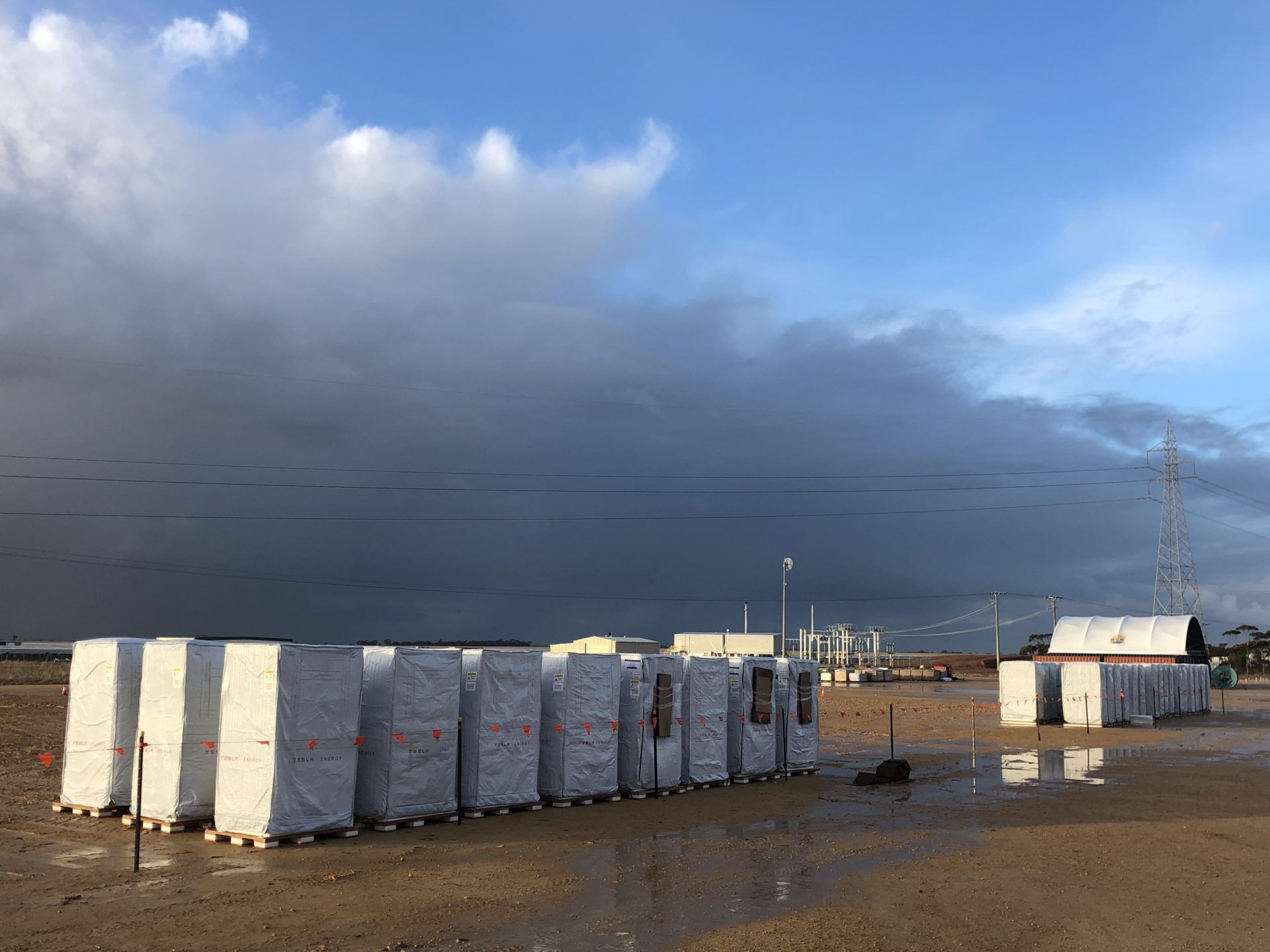Major Australian gen-tailer AGL Energy will join forces with renewables developer Maoneng to roll out four large-scale batteries of 50MW/100MWh each in NSW, in a deal that heralds the arrival of battery storage as a cost-competitive option for the main grid.
The two companies have arranged the deal around innovative swap agreements that will allow AGL to call on capacity from the batteries at a fixed price through a 15-year contract.
The 200MW/400MWh of battery storage is expected to be ready to go by 2023, in time for the slated closure of AGL’s Liddell ageing coal-fired generator.
“This is the dawn of the battery age and AGL is proud to lead the way,” said AGL CEO Brett Redman in a statement.
“Australia’s energy market is undergoing significant changes and large-scale batteries like these will be pivotal in providing firming capacity in the shift between baseload power and renewables.
“I’m proud that we are leading the way with this step into batteries, which will be the technology of the future,” Redman said.
Redman said the deal would have huge benefits for energy consumers, and for the stability of the National Electricity Market, supporting an additional 200MW of dispatchable capacity in New South Wales.
The batteries will also be capable of playing multiple roles within the energy market, which include but are not limited to Frequency Control Ancillary Services (FCAS), Energy on Demand as well as the ability to alleviate constraints/congestions within the South-West NSW Network.
The companies have not yet chosen battery chemistry or supplier.
Request a free solar business case and compare leading commercial installers

The mathematics does not stack up! Even at a reduced output of say 1600 MW Liddell operates 24 hours a day 7 days a week.
My mathematical question, forgetting for the moment all the emotive renewable energy rhetoric, is how does the proposed maximum battery system outlined in your article with a capacity of 400 MWhrs, that is 400 MW for one (1) hour take the place of a 1600 MW 24 per day 7 days per week generator? I also note no mention of the solar array to charge the battery, size? Output? Charge period? Lots of holes here folks!
How does the battery system get AGL out of the problem of de-commissioning Liddell? There is a huge shortfall of continuous output power, as I said the maths does not add up.
Your solution??